Outline for Security Program Management Tabletop Exercise Method
VerifiedAdded on 2022/08/12
|9
|669
|25
Report
AI Summary
This document provides an outline for a security program management tabletop exercise, focusing on configuration and patch management methods, including documentation and identification of changes, rationale or justification, assessment of potential changes and impact, testing processes, system documentation updates, communication of changes, contingency plans, and documented review and approval. It also details an incident response plan with phases for assembling a team, detecting and ascertaining the source, containing and recovering, assessing damage, notification, and preventing future incidents. Furthermore, it covers email security awareness training, emphasizing awareness of links, attachments, scams, and spear phishing, and a disaster recovery plan including inventory, downtime tolerance, responsible personnel, and communication plan. The plan aims to protect company data and mitigate threats, ensuring data confidentiality, integrity, and availability.
1 out of 9
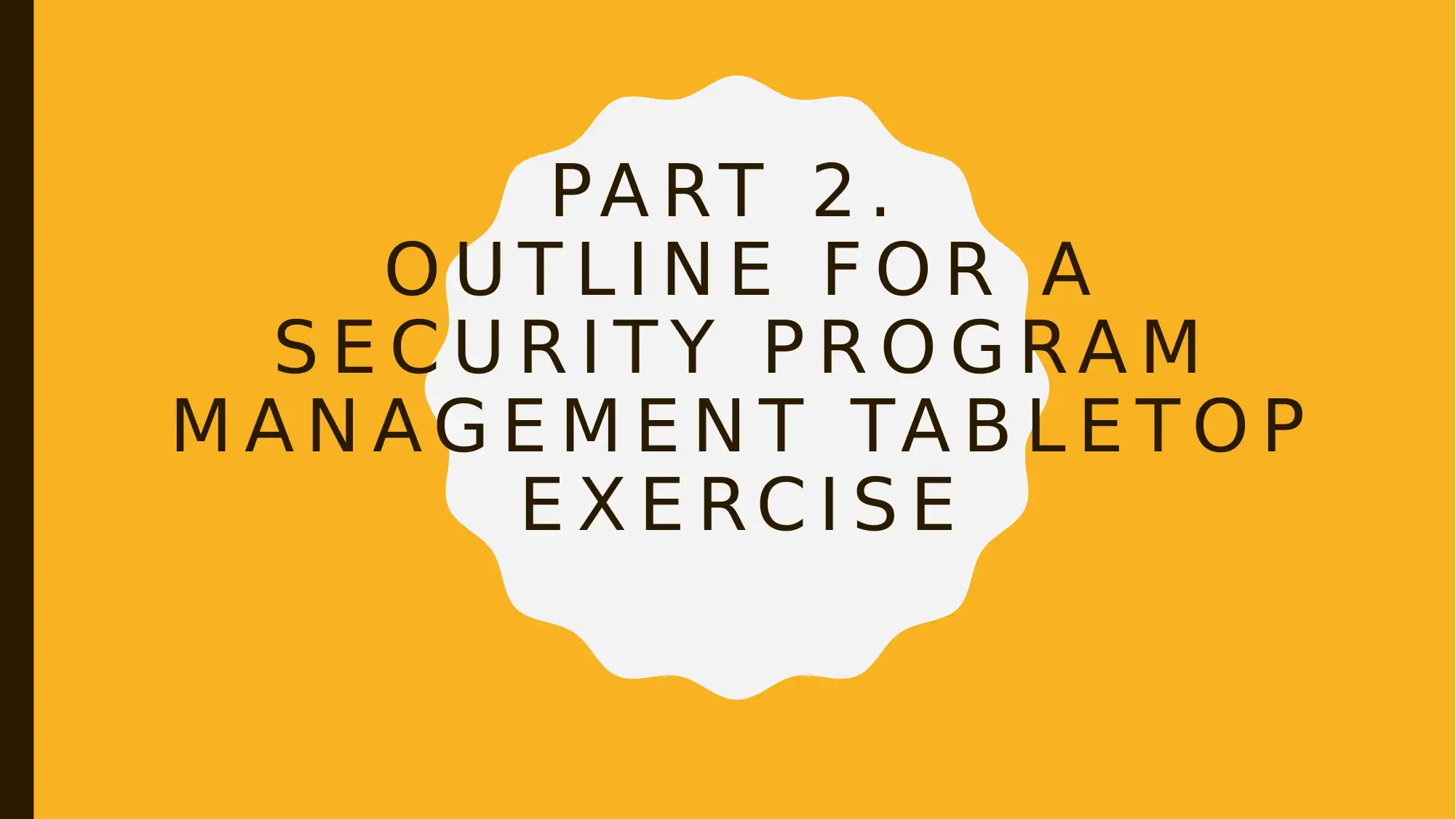
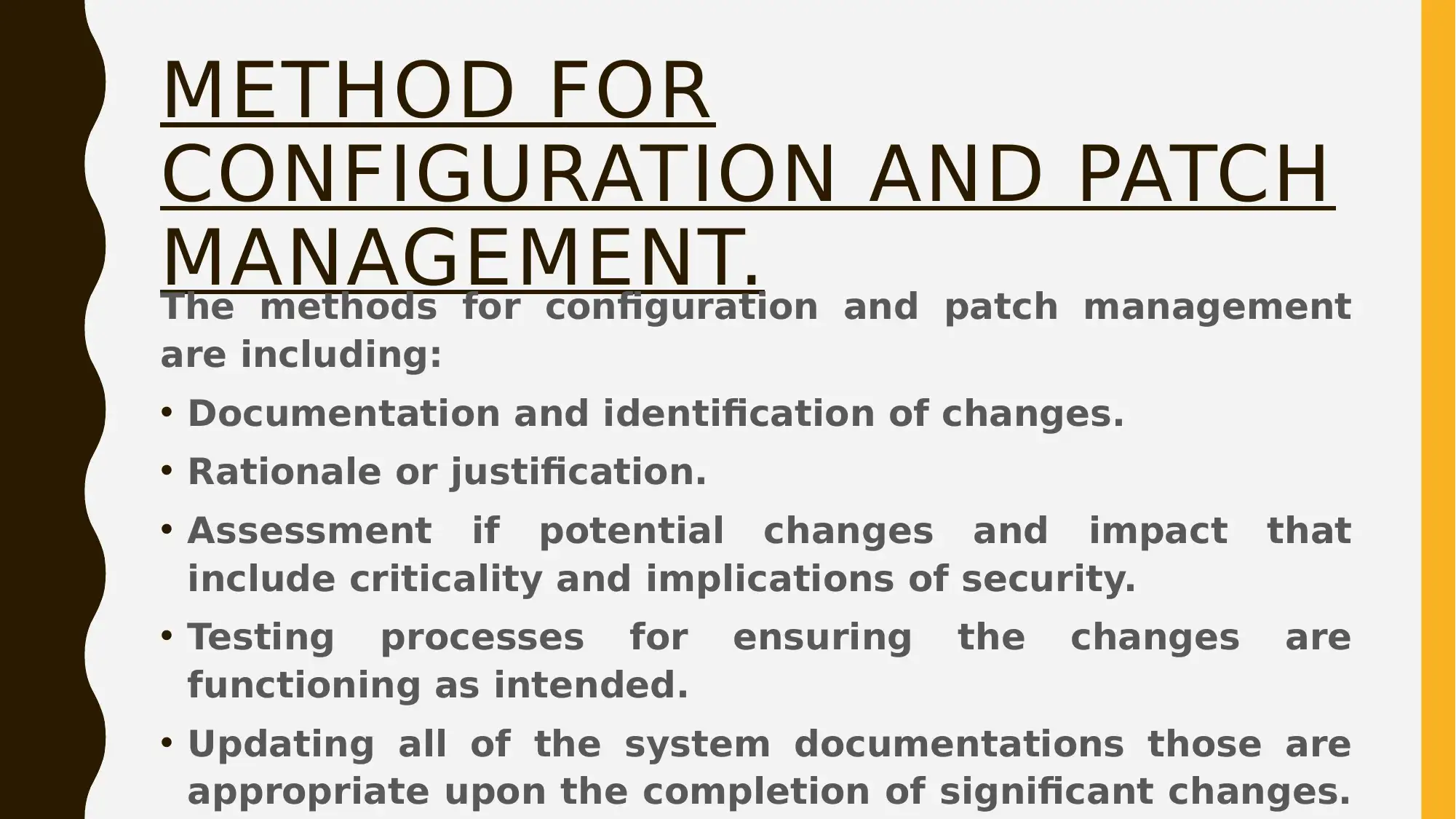
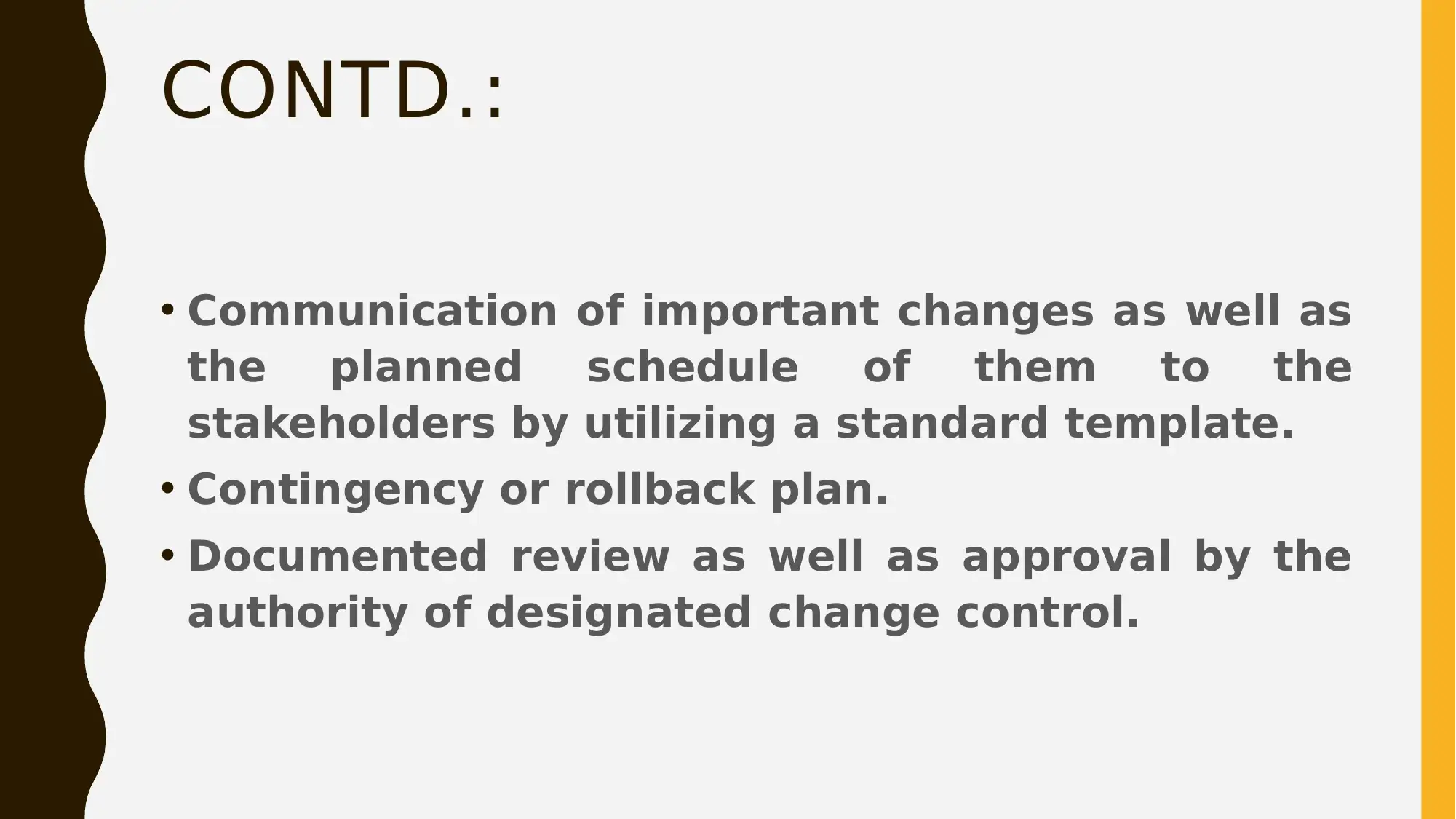

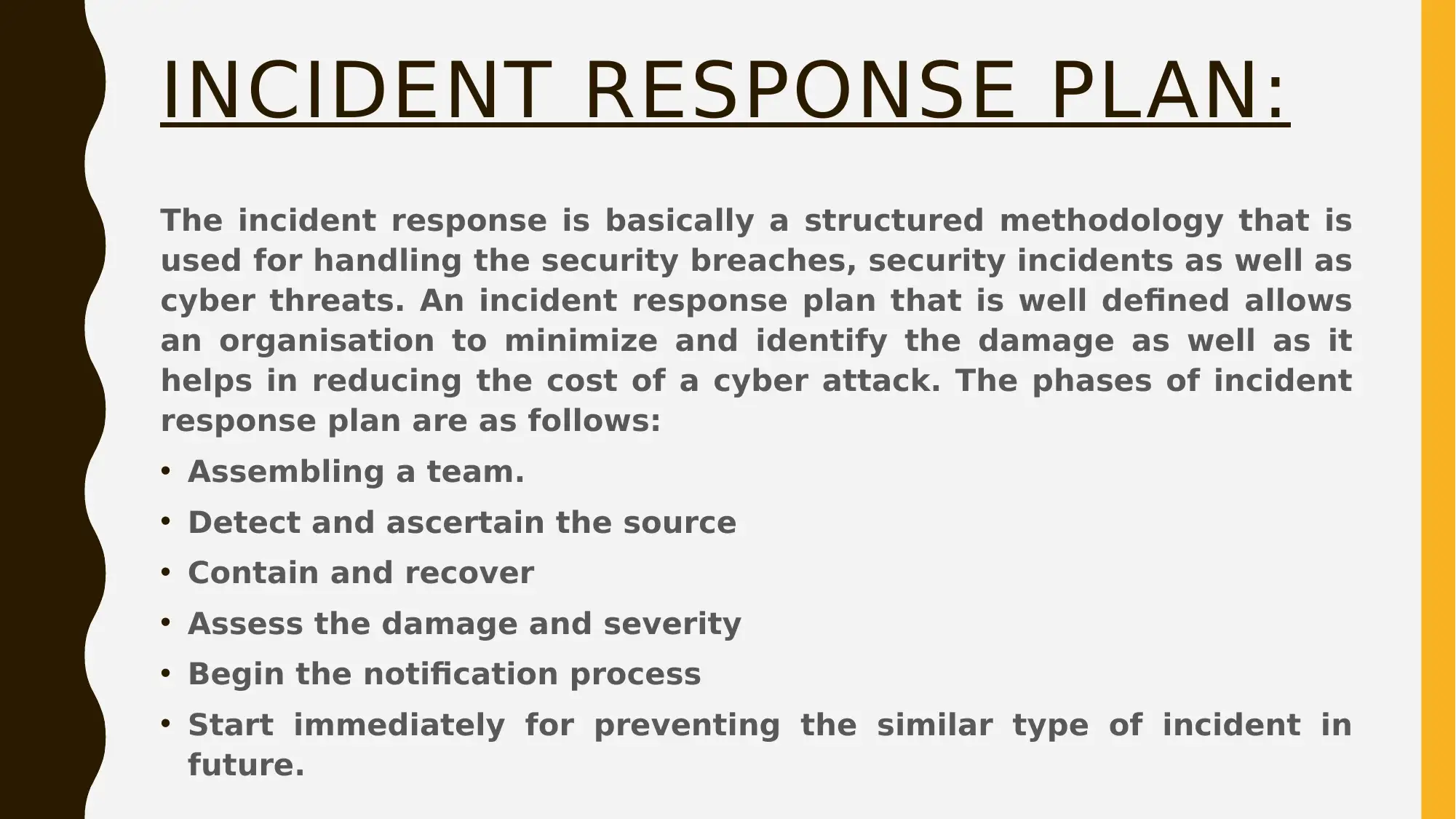
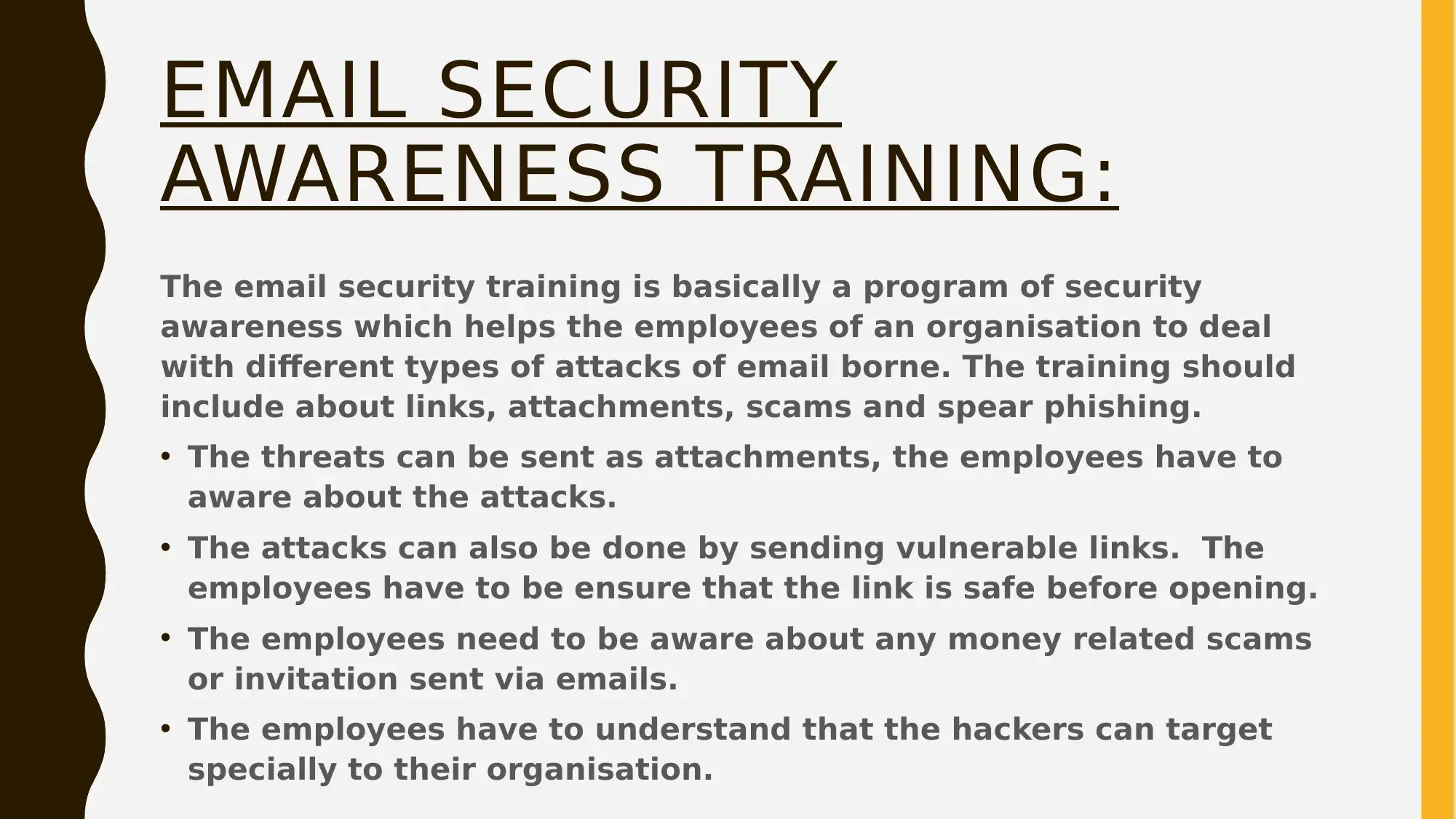

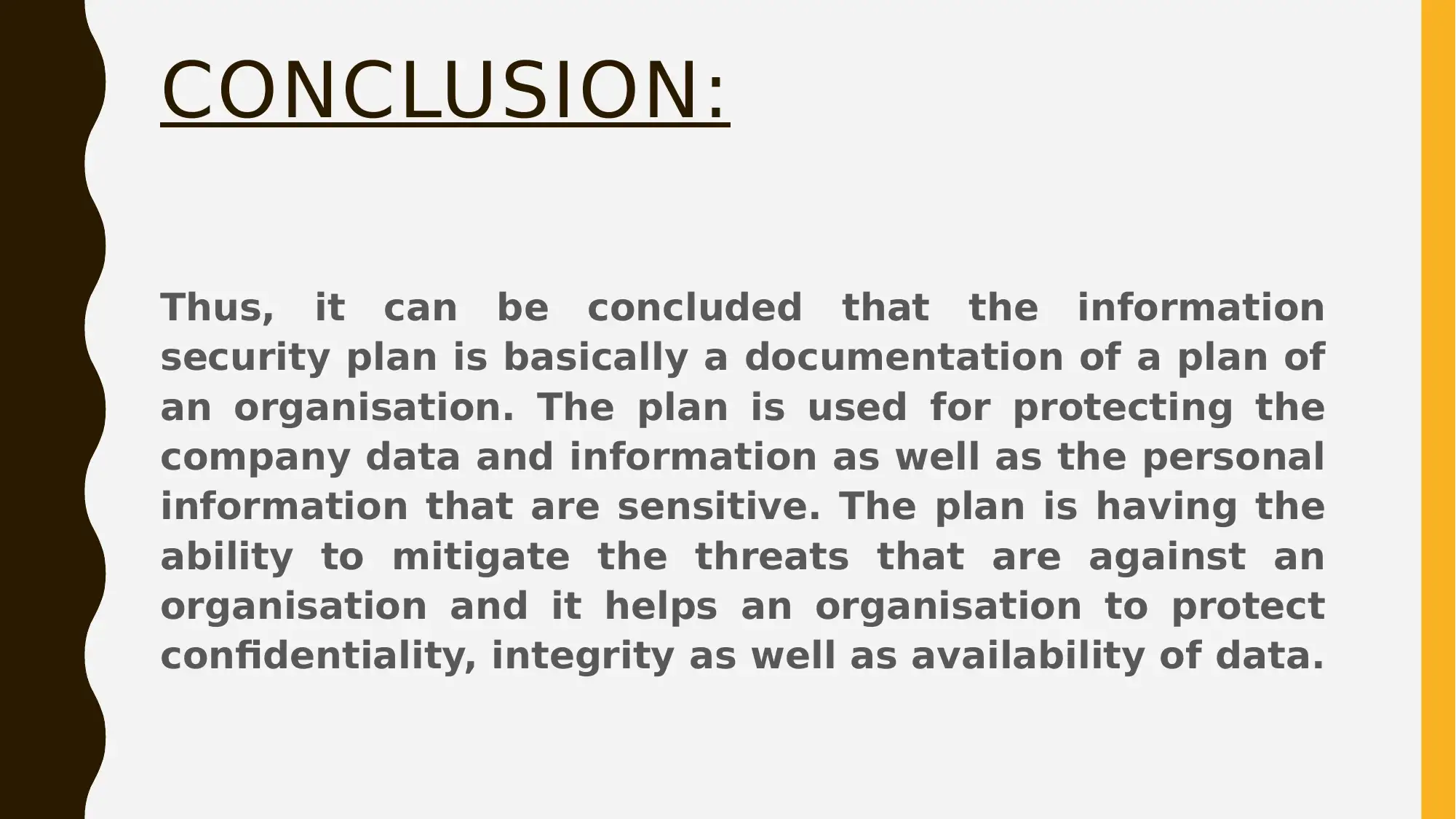
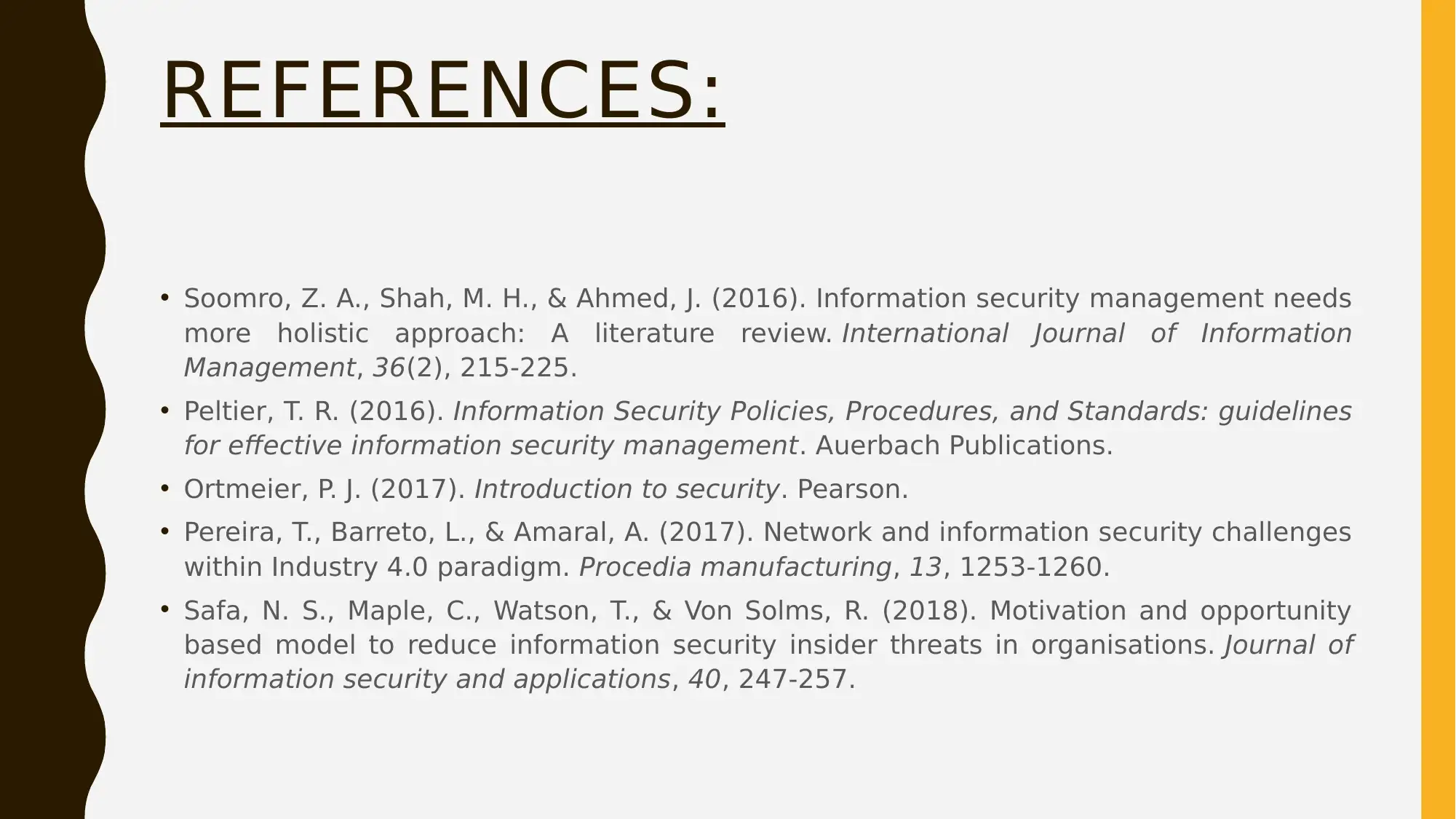







![[object Object]](/_next/static/media/star-bottom.7253800d.svg)